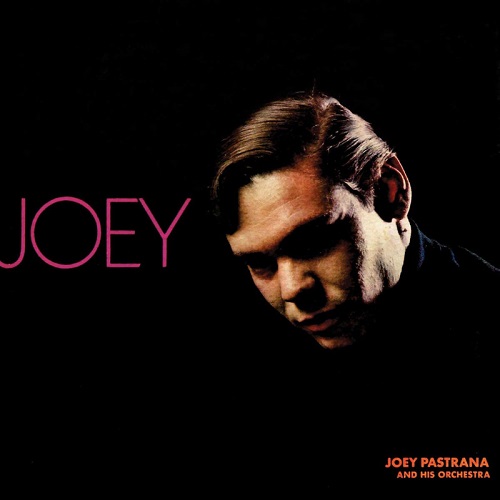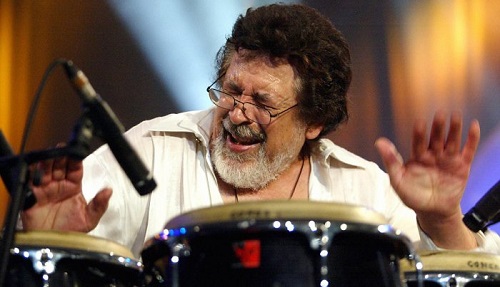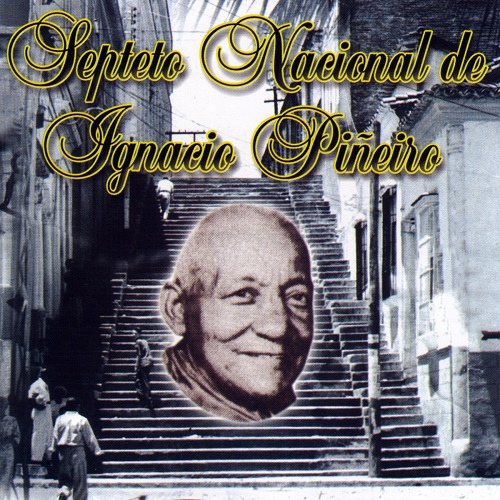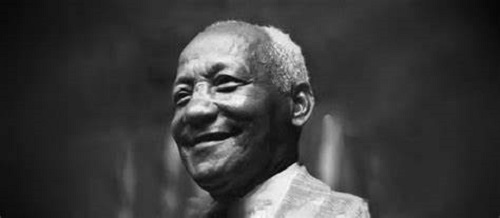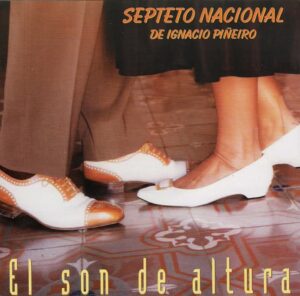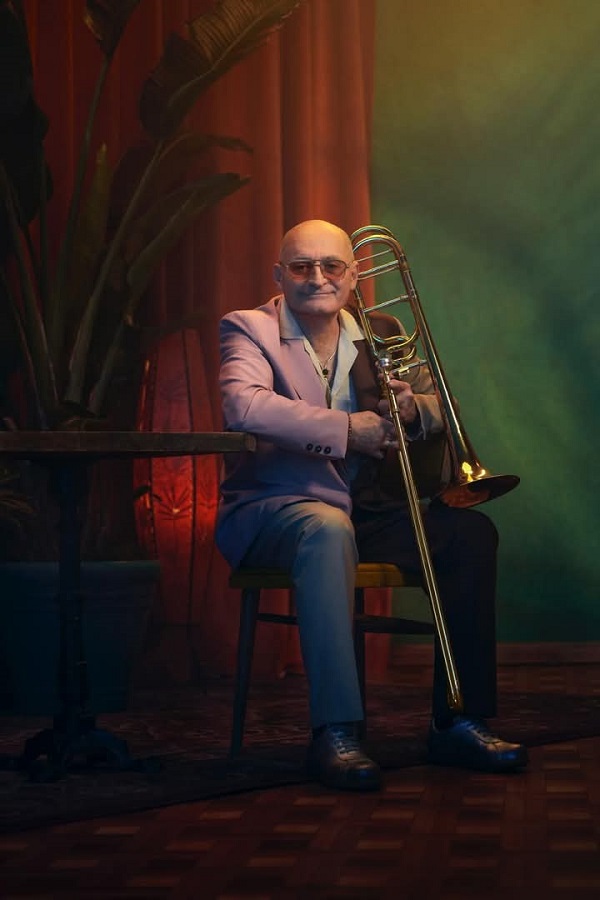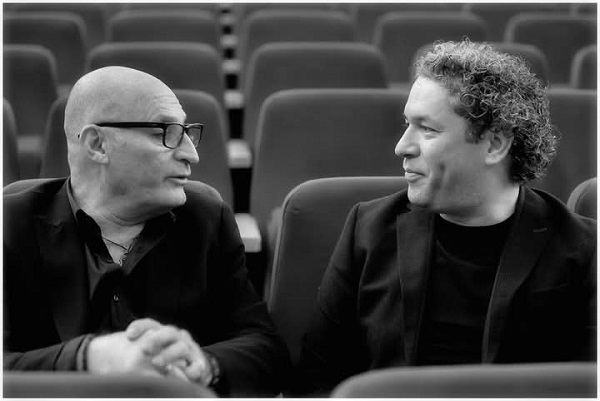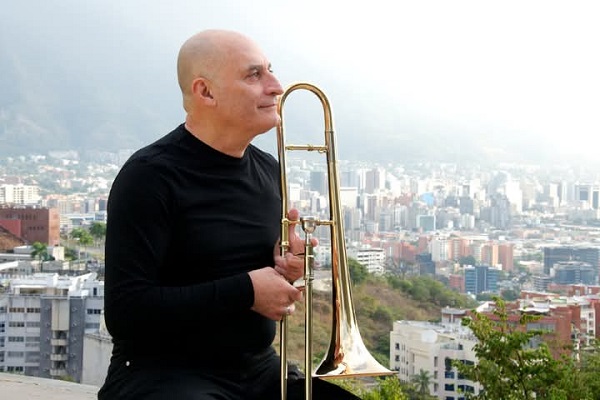Los Surik, a musical group from Las Tunas a province known for orchestras recognized both nationally and internationally has distinguished itself in the Cuban music scene for its excellence.

This group of fifteen musicians (four of whom are vocalists) was established in Victoria, Las Tunas, in eastern Cuba.
They began their professional careers in 1982, focusing on harmonious arrangements through the use of complex structures, all in service of preserving the authenticity of the genres they perform, such as son, guaracha, merengue, song, and bolero, among others.
Los Surik used to rehearse at the home of José Luis Borrel, across from the old La Gran Señora store (at the intersection of Lucas Ortiz and Julián Santana streets). Later, they moved their instruments to Benny Revuelta’s house, on Gonzalo de Quesada street, at the corner of Lucas Ortiz.

Los Surik’s repertoire included, among other pieces, classic Spanish and American pop songs, and instrumentals that Benny would recreate with his saxophone. Pablín (now deceased) was an excellent singer, later a finalist on the TV show Todo el mundo canta. Paco Mesa also shone as a vocalist. Catalá was comfortable on the drums, as was Omarito on the bass. The speakers in the photo were designed by José Luis Borrell, who, in addition to being a musician, was a great electronics enthusiast.
In 1994, the group released an album titled Alma Musical (CD (Magic Music 0003-3)). Some of the songs from this album were number one in Cuba at that time.
Los Surik holds an interesting first in their career: its members ushered in the era of discography in Las Tunas, by recording the first long-play record in the territory in 1985. The album features 12 tracks, most of which were authored by group members, and it was recorded at Siboney studios in Santiago de Cuba. Due to its foundational nature, the album is an invaluable piece for the cultural heritage of Las Tunas.
Group Photo and Member
This photo was taken in the 1980s at the home of actress and promoter Blanquita Becerra (center), during the time when this once very popular and distinguished lady of Cuban lyrical theater resided in Las Tunas.
Among other members of the musical collective pictured are Arturo Gooden, Alberto Bada, Benny Revuelta, Gerardo Leyva, Raúl Cáceres, Héctor Aguilar, and Rafael Diez.
At that time, Los Surik was composed of the following musicians:
- Julián Galbán Cruz – Bass
- Fernando E. Quintana – Saxophone
- Herminio García Rodríguez – Trombone
- Gastón H. Allen Binhan – Trumpet
- Rolando Portillo Cedeño – Trumpet
- Arnaldo García Estrada – Keyboards
- Eldo A. González Mantilla – Piano
- Pablo S. Machado Palmero – Congas
- Edilberto Machado Alba – Timbales
- Luis Alfonso Guerra Ramírez – Bongos
- José Eugenio Marín Tejeda – Vocals
- Virginia Iznaga Cantero – Vocals
- José Manuel Arnedo Rodríguez – Vocals
- Francisco G. Mesa Marrero – Vocals
Lost Treasures and Alma Musical

Almost all the orchestra members were composers of the songs they performed. Sadly, many of these songs were never recorded on any album, so we cannot enjoy the high quality of the tracks they created. Only a lucky few had the chance to enjoy them live in concerts they gave outside of Cuba.
Los Surik – Alma Musical (1994)
Tracks:
- Dame Un Traguito (Son)
- Estoy Romántica (Ballad son)
- Amor De Película (Son montuno)
- El Cantante Enamorado (Son)
- Lo Que Cae Es Candela (Son)
- A Ese Le Llaman Parejero (Son montuno)
- La Fuerza Del Amor (Merengue)
- Juanita Morey (Merengue)
- La Luna Compartir (Ballad son)
- Voz Universal (Son)
- La Noche Junto A Ti (Bolero)
Musicians:
- Julián Galbán Cruz (Bass)
- Fernando E. Quintana (Saxophone)
- Herminio García Rodríguez (Trombone)
- Gastón H. Allen Binhan (Trumpet)
- Rolando Portillo Cedeño (Trumpet)
- Arnaldo García Estrada (Keyboards)
- Eldo A. González Mantilla (Piano)
- Pablo S. Machado Palmero (Congas)
- Edilberto Machado Alba (Timbales)
- Luis Alfonso Guerra Ramírez (Bongos)
- José Eugenio Marín Tejeda (Vocals)
- Virginia Iznaga Cantero (Vocals)
- José Manuel Arnedo Rodríguez (Vocals)
- Francisco G. Mesa Marrero (Vocals)
By:






